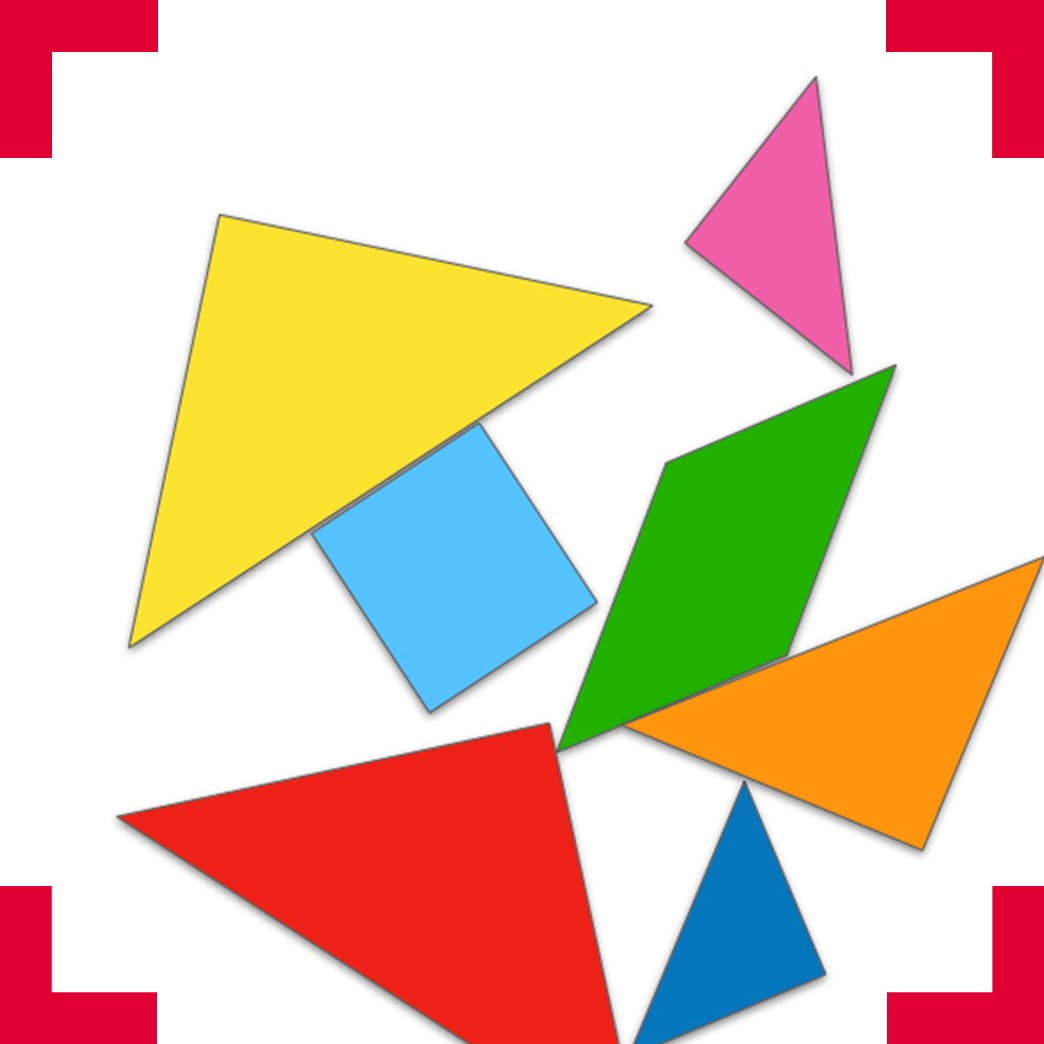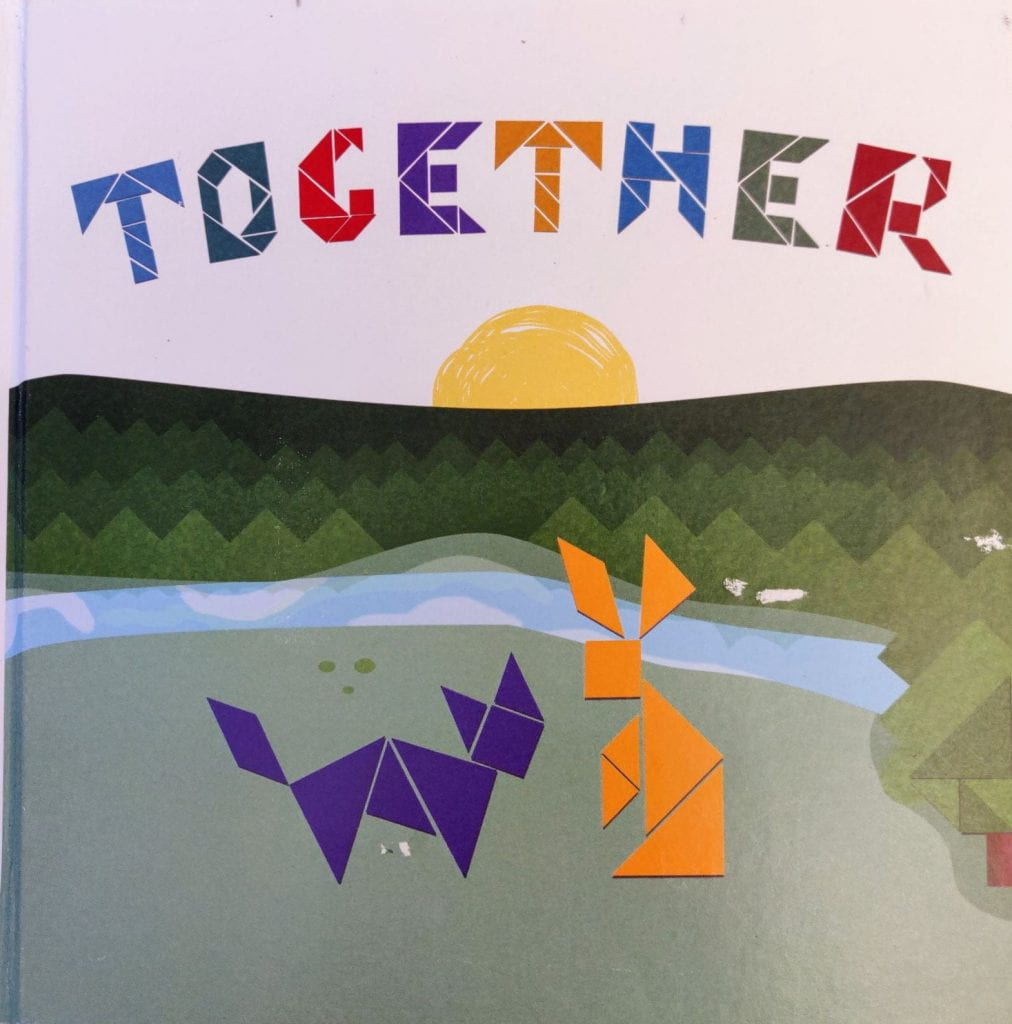Together: designing an inclusive picture book to explore children’s concepts of family.
How do children conceptualise kinship? This project investigates how children from different linguistic and cultural backgrounds develop concepts of family and relatedness.

What did the project involve?
This Ideas Exchange designed and produce a wordless children’s picture book titled ‘Together’ in collaboration with a professional illustrator. This picture book will be used as a research stimulus to explore how children (4-10 years old) understand kinship and social belonging. ‘Together’ is deliberately abstract, with ‘tangram’ shapes rather than human or animal figures as characters, and a circular narrative structure. The team hoped this will allow children and caregivers to talk about family and social bonds in the broadest sense and explore different interpretations of these concepts. The book was designed to encourage children’s creative expression and was made available to other social scientists working on child development.
The team ran a workshop on the theme of family to pilot this book. The goal of the workshop, which was held in a primary school, was to explore contemporary understandings of family. During the workshop, children were invited to reflect on the special words different languages have for family members. Queer kinship language is vastly under-documented and this research hoped to amplify the voices of children and parents who may be innovating new kinship language. Children also narrated and discussed the contents of the picture book, an activity that will feed into further book development. The workshop aimed to give a space to children, teaching staff and caregivers to talk about what family means in contemporary UK society and to consider the diverse forms family can take. The research team hoped that the workshop went some way towards widening ideas of what is ‘normal’ and help children and their families embrace difference.

Who are the team and what do they bring?
- Alice Mitchell (Anthropology and Archaeology) has conducted anthropological fieldwork with children in Tanzania and in the UK. Alice uses her Linguistic Anthropological expertise within the Varikin Project.
- Beatrice Paterson-Achenbach works in Sociology and Children’s Literature and has extensive experience of working in schools.
- Fiona Jordan (Anthropology and Archaeology) is an evolutionary and linguistic anthropologist who studies cultural evolution, seeking to understand cultural diversity. She is particularly interested in kinship and language.
- Helena Napier (Graphic Designer) will aid the team in the design and production of the picture book “Together”.
- Elly Barnes (Educate and Celebrate, an organisation that transforms schools into LGBT+ friendly environments) will facilitate the team’s connection with Bristol schools.
What were the results?
The team will scope further funding opportunities and explore possibilities for producing a fully illustrated ‘commercial’ book. They plan to analyse the story data collected during the workshop and will potentially begin work on a research paper. The picture book itself will be used as a research tool within other research projects including the European Research Council funded project VariKin.

